
WP 4.3 Control of Nitrous Oxide Emissions in Soils
project description
Soils are the main source of atmospheric nitrous oxide (N2O), a potent greenhouse gas and the dominant ozone-depleting agent. Human activities strongly impact global N cycling and have led to significant increases in terrestrial ecosystem N2O emissions, particularly due to excessive N-fertilizer use. Yet, control and magnitude of N2O emissions ultimately depend on the interplay between physico-chemical conditions and the composition, interaction and activity of the highly diverse soil microbiome members. N2O is produced and consumed by denitrifying bacteria, archaea, and fungi via a cascade of four enzymes reducing nitrate via nitrite, nitric oxide, and N2O to dinitrogen gas. Additionally, N2O is a metabolic byproduct of ammonia oxidation by complete ammonia oxidizers, ammonia-oxidizing archaea, and bacteria, where the latter additionally produce large amounts of N2O through nitrifier denitrification.
Key to understanding and predicting global N2O emissions from agricultural soils is a mechanistic understanding of the activity and interactions between nitrifiers, denitrifiers, and other members of the soil microbiome. We will investigate N2O production and consumption processes in two systems – complex natural cropland soils with different fertilization regimes and histories and synthetic soil communities to address the following questions:
- (I) How are soil N2O production and consumption affected by perturbations associated with land use change (i.e., amount, C:N:P ratios and type of natural and synthetic fertilizer)?
- (II) How do interactions between nitrifiers and denitrifiers change due to fertilization and which community members become dominant N2O sources and sinks?
- (III) How does metabolic complementation (i.e., partial vs. full pathways of denitrification and nitrification) affect N2O emissions?
Mitigating greenhouse gas emissions from modern agriculture is key in reaching the net zero emission goals. Our results may help to minimize agricultural N2O emissions, ultimately leading to the development of targeted approaches to manipulate the soil microbiome. We will furthermore show how and by which mechanisms soil N2O emissions are changed during perturbations. This key information can then be implemented in earth system models, to allow for better predictions of future agricultural N2O emissions.
work package leader
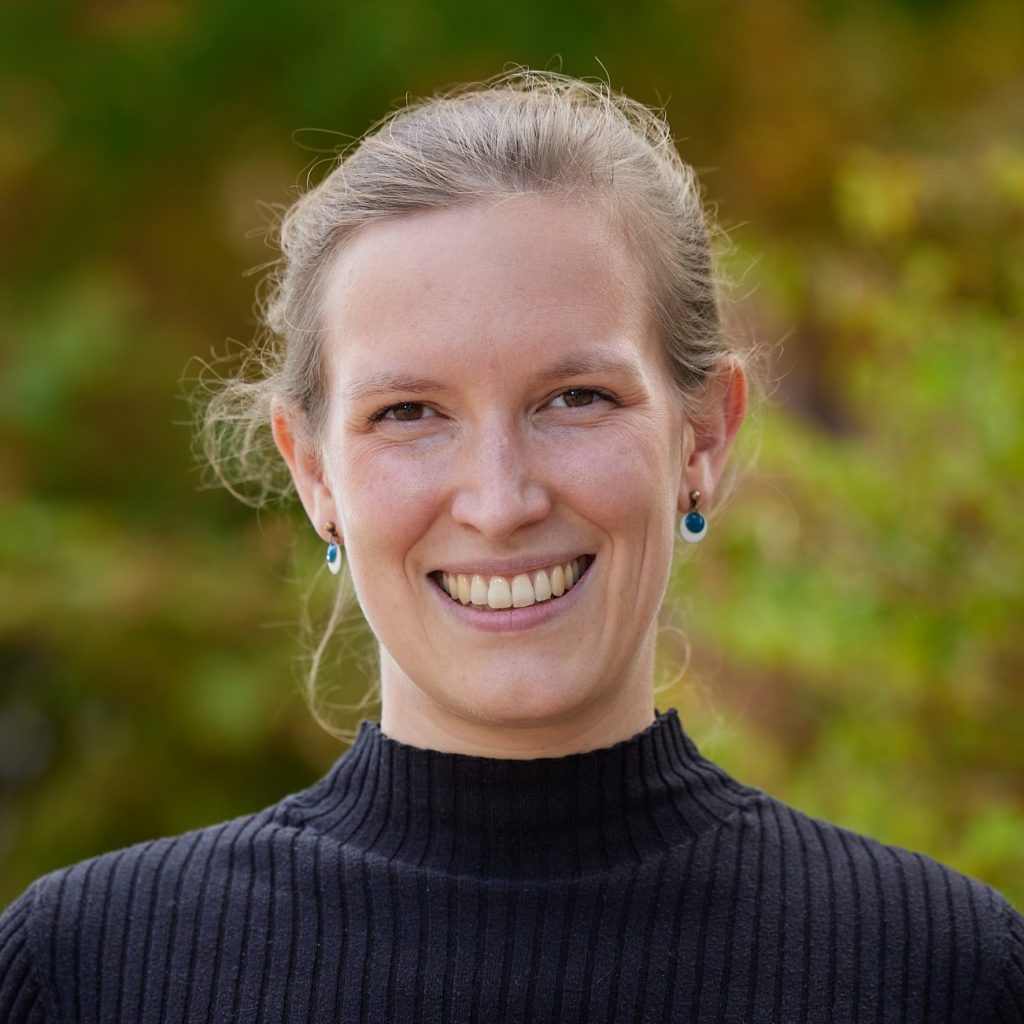
katharina kitzinger
University of Vienna
Senior Scientist at the Division of Microbial Ecology (CeMESS)
CoE Key Researcher
work package members

Foto: Clemens Fabry
julia alexandra berger
Technical Assistant
university of vienna
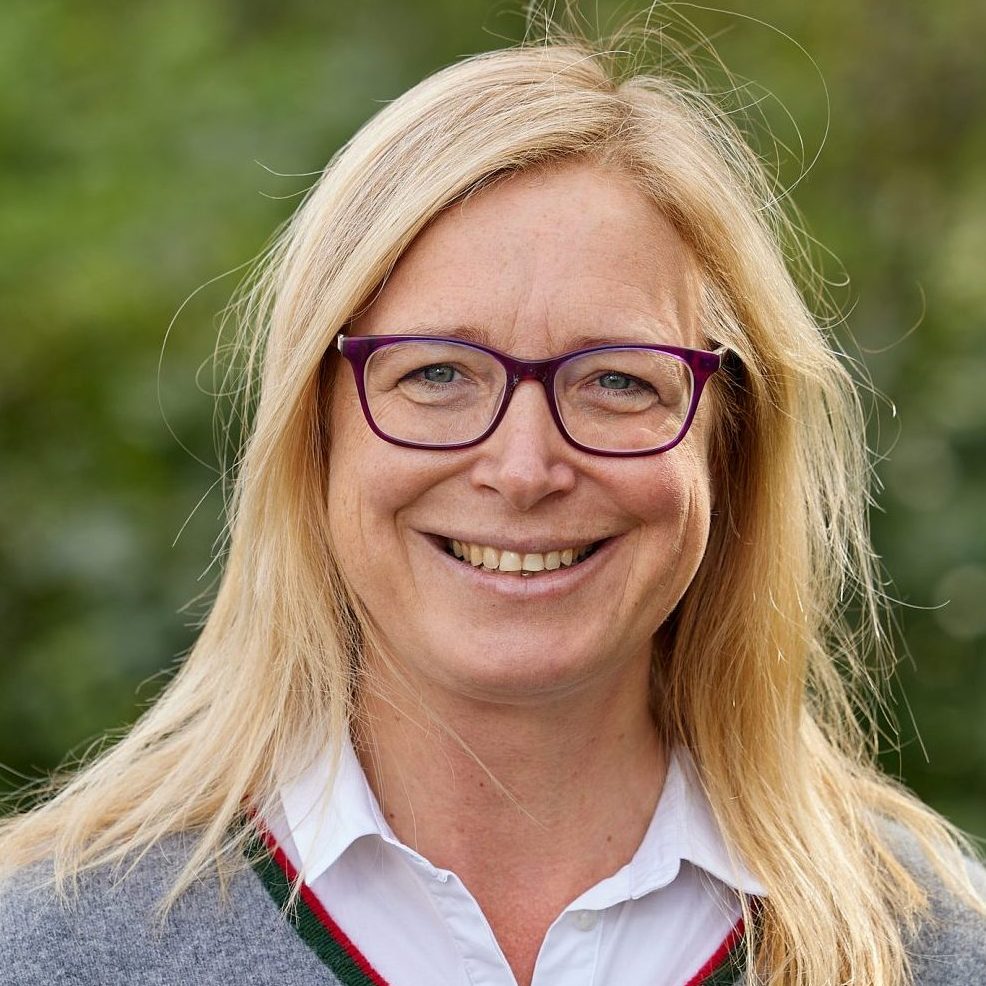
ruth birner-grünberger
CoE Key Researcher
technische universität wien (Tu wien)

clarissa campbell
CoE Key Researcher
center for molecular medicine (cemm, öaw)

benjamin coltman
Postdoctoral Reseacher
university of vienna

holger daims
CoE Key Researcher
university of vienna

Foto: Clemens Fabry
nathalie heldwein
PhD Student
university of vienna

bernhard lendl
CoE Key Researcher
technische universität wien (Tu wien)
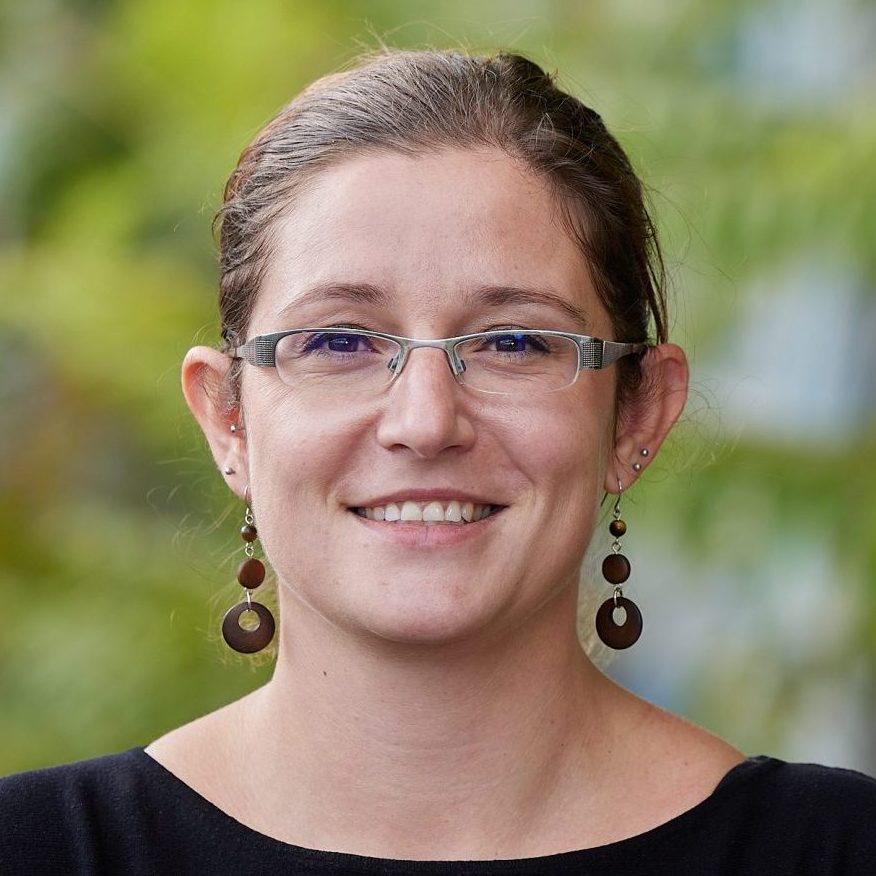
petra pjevac
CoE Key Researcher
university of vienna

michael wagner
CoE Key Researcher
university of vienna
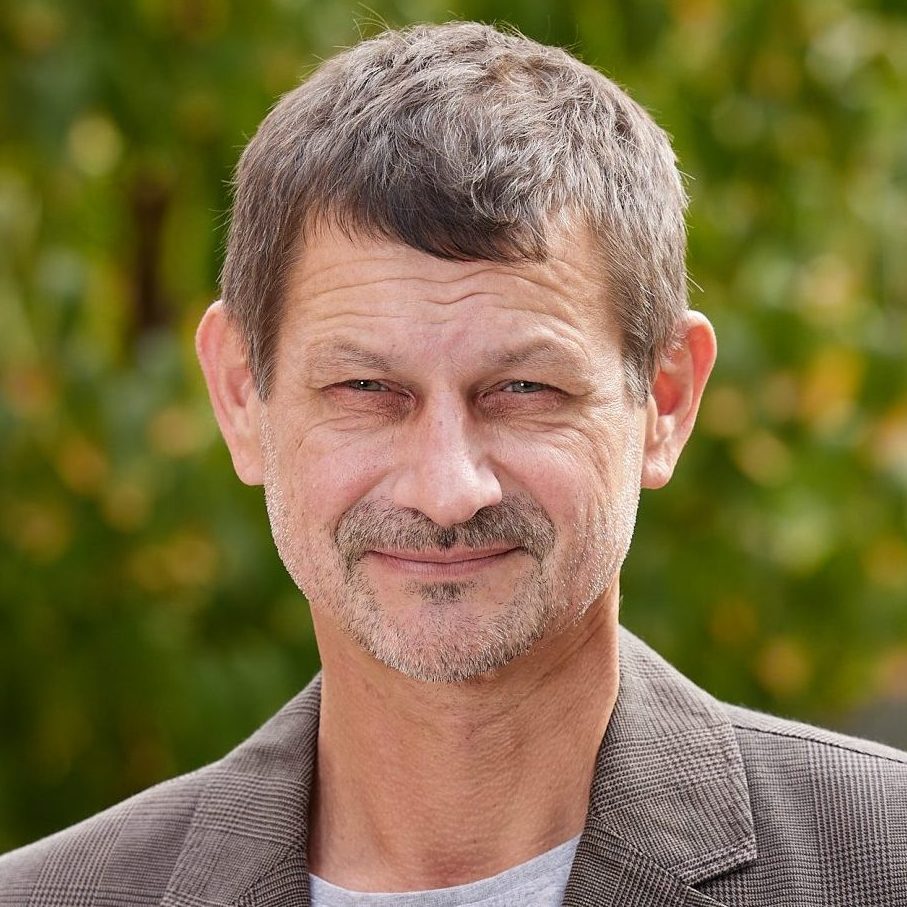
wolfgang wanek
CoE Key Researcher
university of vienna

michael zumstein
Assistant Professor
university of vienna
involved institutions
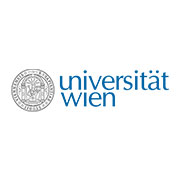

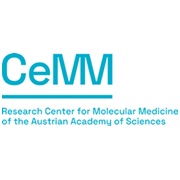
CoE publications in wp 4.3
Palatinszky M., Herbold C. W., Sedlacek C. J., Pühringer D., Kitzinger K., Giguere A. T., Wasmund K., Nielsen P. H., Dueholm M. K., Jehmlich N., Gruseck R., Legin A., Kostan J., Krasnici N., Schreiner C., Palmetzhofer J., Hofmann T., Zumstein M., Djinović-Carugo K., Daims H., Wagner M. Growth of complete ammonia oxidizers on guanidine. 2024, Nature 633(8030): 646-653, doi: 10.1038/s41586-024-07832-z
Awala S. I., Gwak J., Kim Y., Jung M., Dunfield P. F., Wagner M., Rhee S. Nitrous oxide respiration in acidophilic methanotrophs. 2024, Nat Commun, 15(1), doi: 10.1038/s41467-024-48161-z
Bayer B, Liu S, Louie K, Northen TR, Wagner M, Daims H, Carlson CA, Santoro AE. Metabolite release by nitrifiers facilitates metabolic interactions in the ocean. ISME J. 2024 8;18(1):wrae172. doi: 10.1093/ismejo/wrae172.

